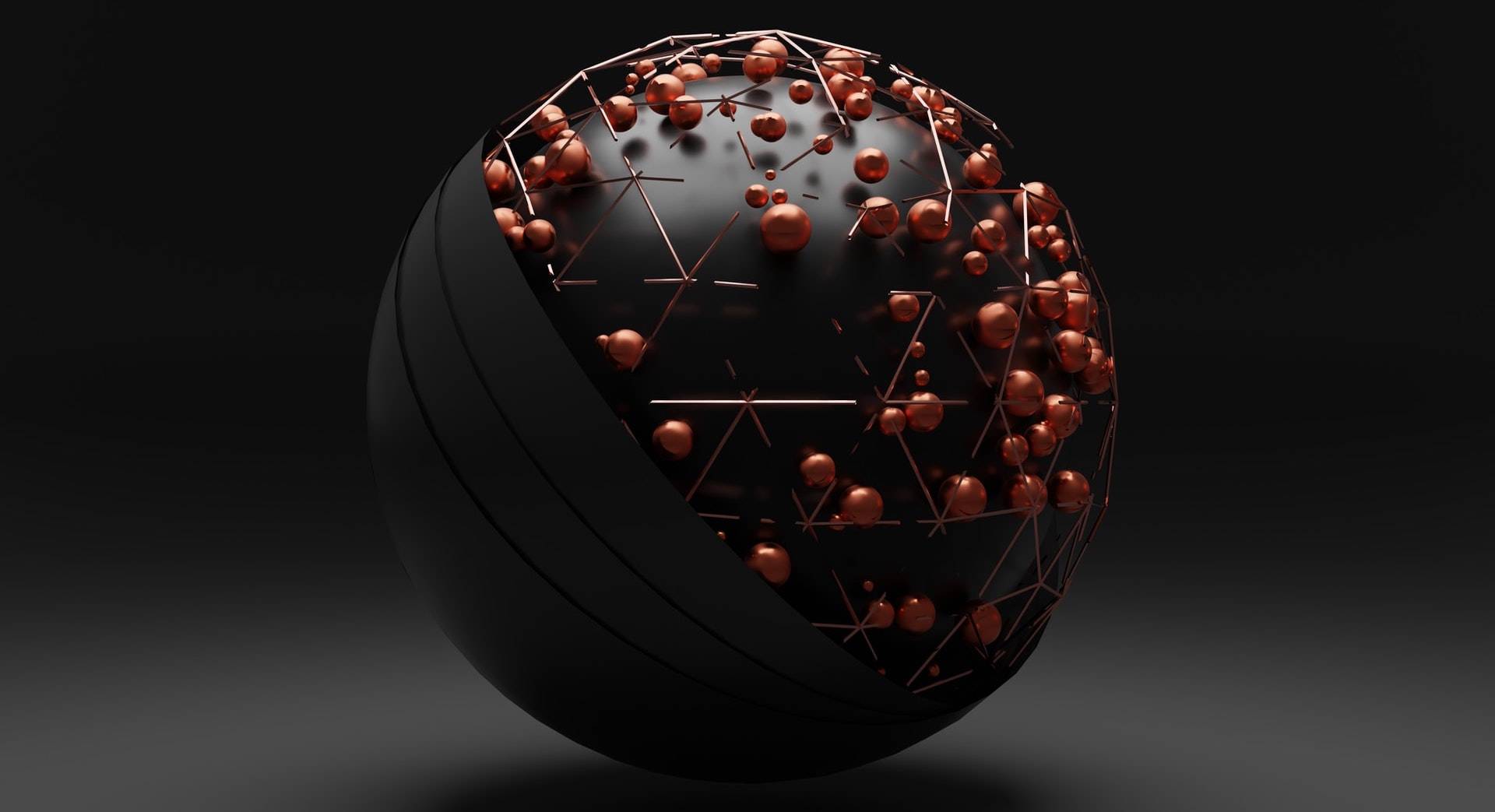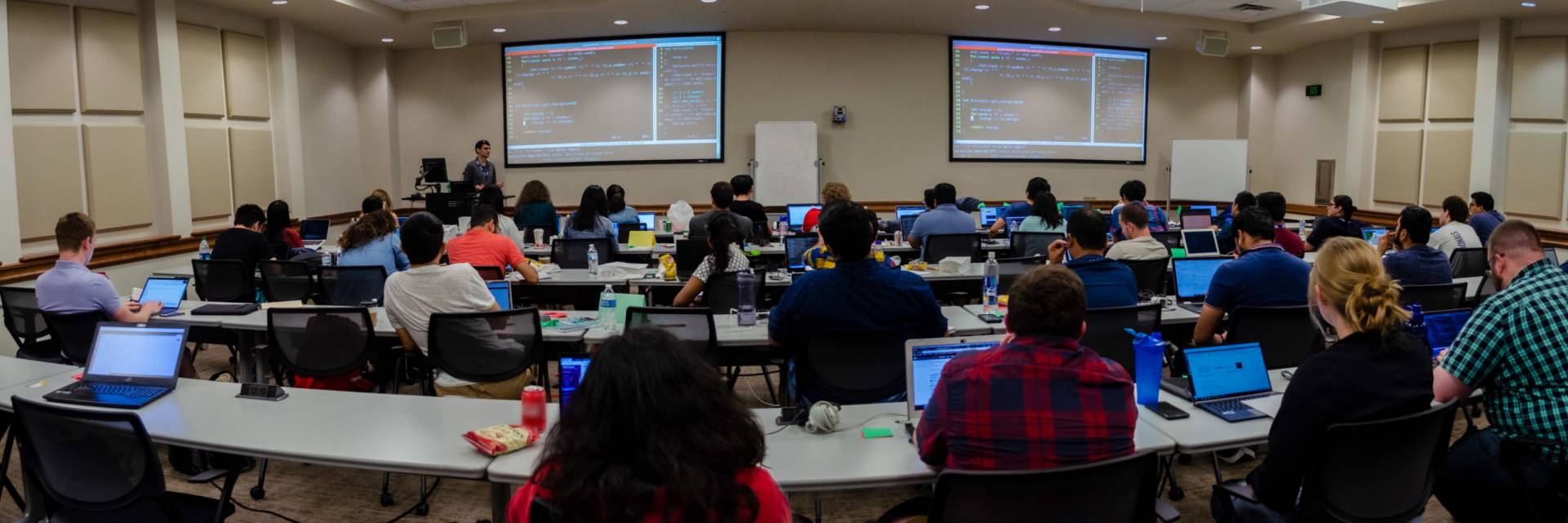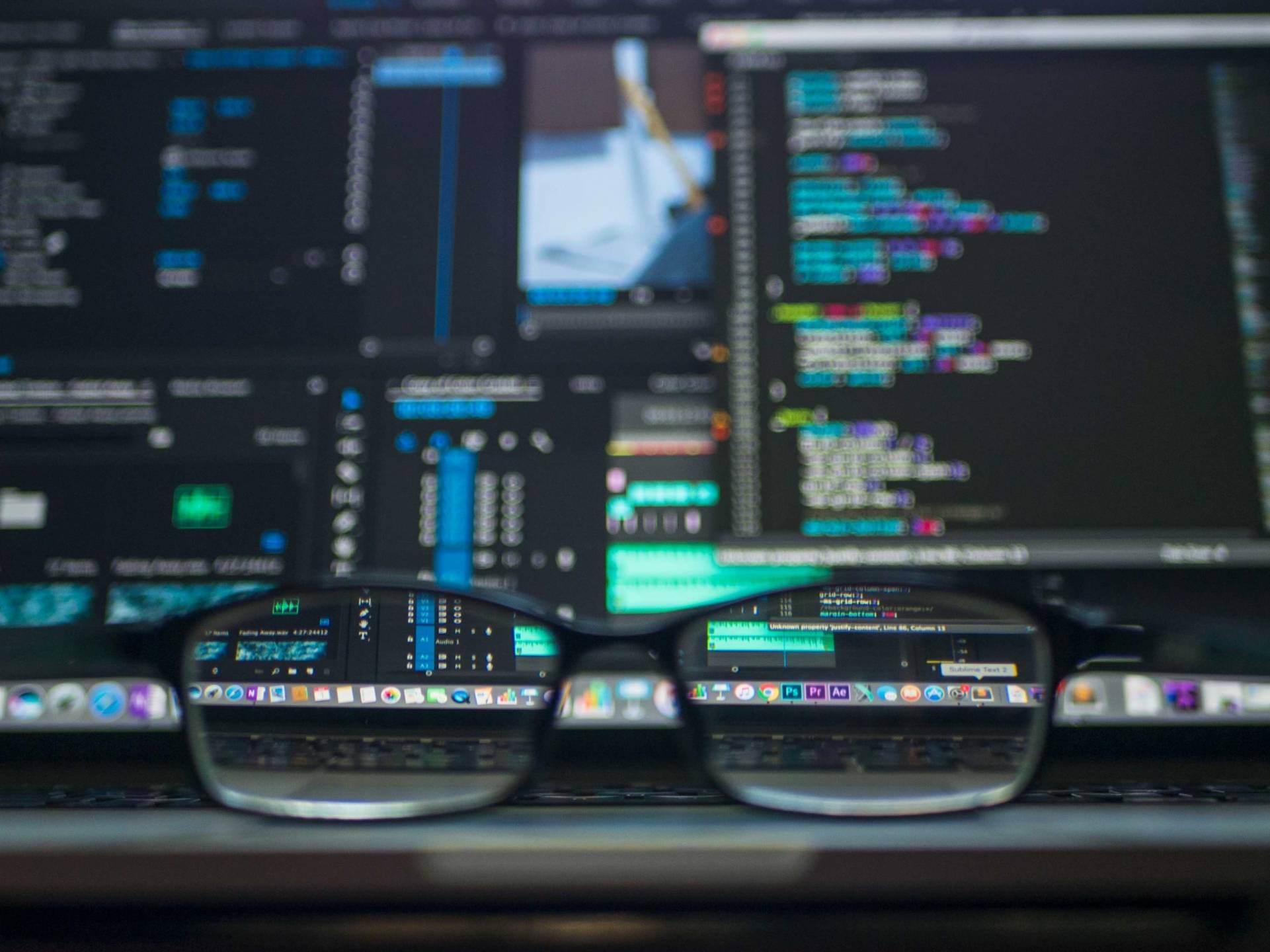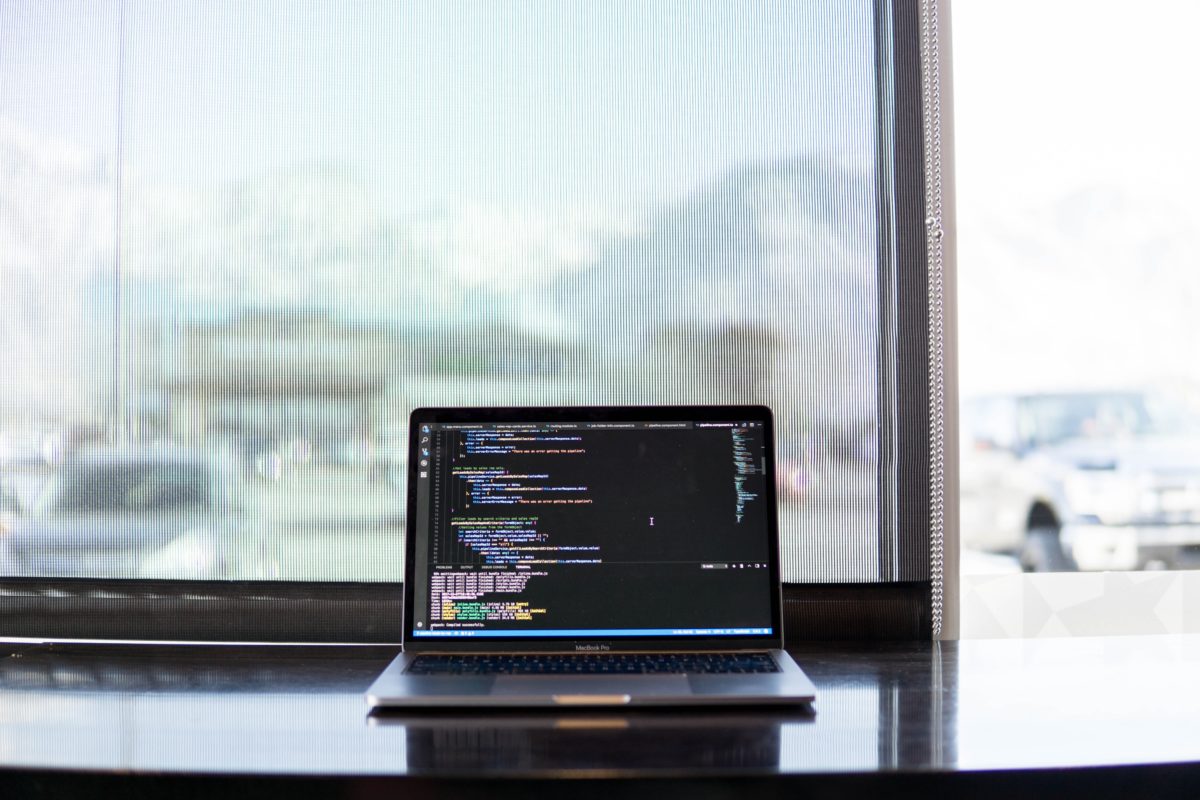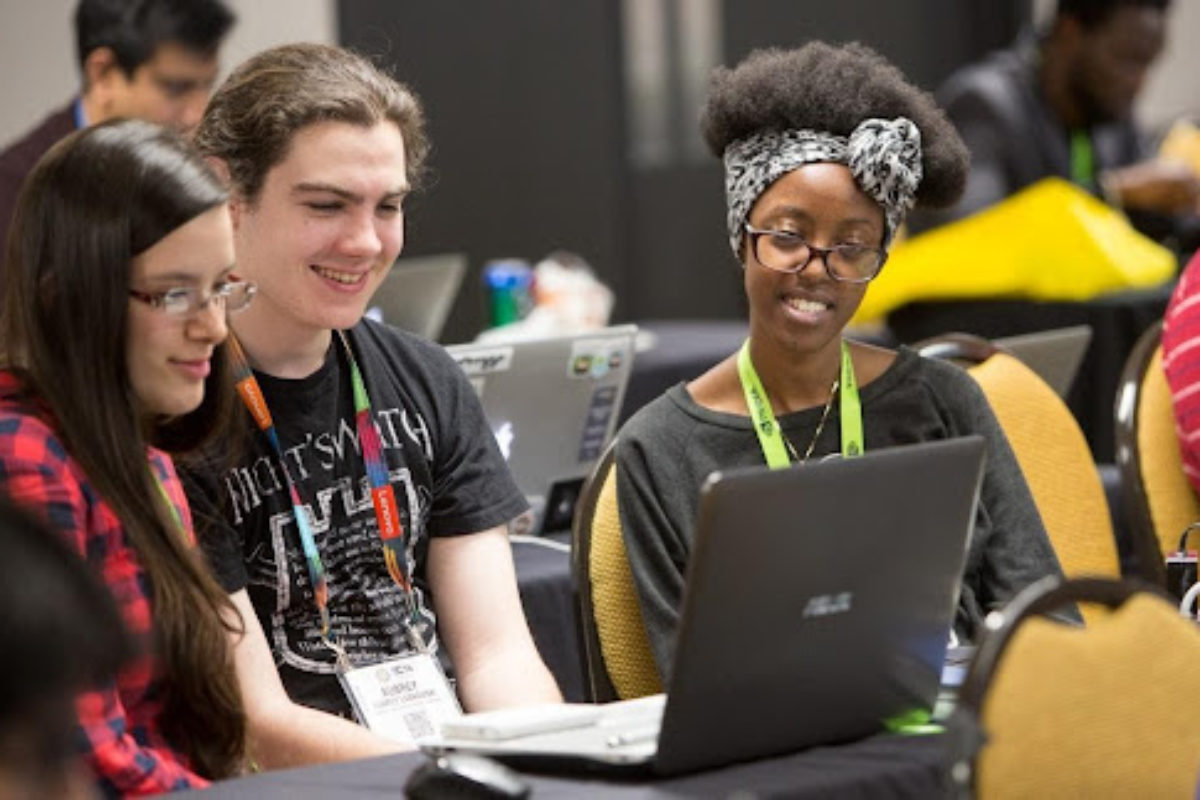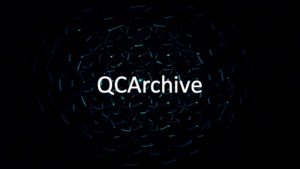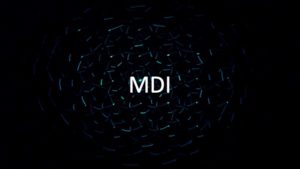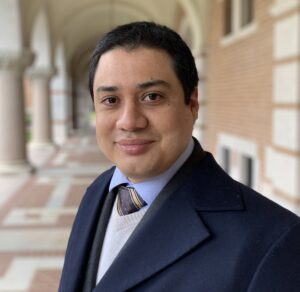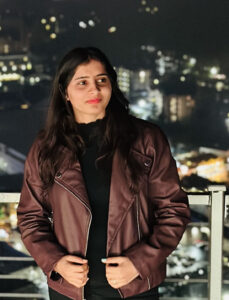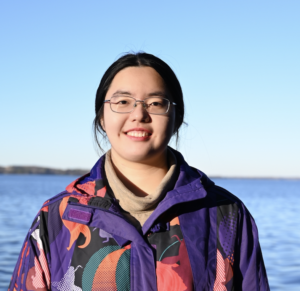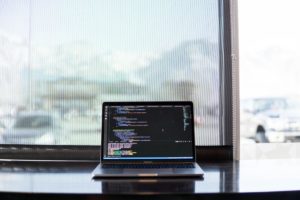If you missed the Informational Webinar about the MSF Program on March 1, you can access the Zoom recording via THIS LINK.
The Molecular Sciences Software Institute (MolSSI) is pleased to announce that the 2024-25 Software Fellowship competition is now open for submissions for ONE-YEAR Fellowships (from 1 July 2024 thru 30 June 2025). These prestigious Fellowships recognize advanced graduate students and postdocs pursuing the development of software infrastructure, middleware, and frameworks that will benefit the broader field of computational molecular sciences, including biomolecular and macromolecular simulation, quantum chemistry, and materials science. Recipients will have the opportunity to work with scientists at the MolSSI in order to implement recommended best practices, putting the Fellow’s project on a firm foundation. Fellows will receive specialized training in state-of-the-art software design principles and tools, and they will engage in outreach and educational efforts organized by the MolSSI. Each Fellow will be assigned a mentor from among the Institute’s Software Scientists, who will oversee their software development efforts and training. In addition, the 2024-25 Fellows will spend a week at MolSSI HQ (mid-July dates to be announced soon; Sunday PM through Friday PM) to interact with the Software Scientists during the “Software Best Practices Boot Camp.”
The MolSSI Software Fellowships will include a number of benefits:
Graduate Student Fellowships:
- A generous stipend of $40k total for the 12-month Fellowships, plus tuition and required fees;
- Travel allowances sufficient to fully cover visits to the MolSSI headquarters, as well as participation in MolSSI workshops or summer schools.
Postdoctoral Fellowships:
- A generous stipend of $60k total for the 12-month Fellowship;
- Travel allowances sufficient to fully cover visits to the MolSSI headquarters, as well as participation in MolSSI workshops or summer schools.
Note that MolSSI Fellowships are paid from NSF Participant Support funds. The only allowable expense categories are stipend, tuition and fees; F&A (indirect costs) and health insurance costs are not allowed.
Eligibility and Selection Criteria:
The MolSSI Software Fellowship program is presently limited to graduate students and postdoctoral associates at accredited U.S. academic institutions. Graduate student Fellows are expected to be enrolled full time at their home university, and postdocs must be fully employed or have an offer of full employment prior to acceptance of the award. The MolSSI Software Fellowships are an equal opportunity program open to all qualified persons without regard to race, gender, religion, age, physical disability or national origin. Awardees may accept other concurrent awards that do not require a significant time or service commitment.
MolSSI Software Fellows will be selected by the MolSSI Science and Software Advisory Board based on (1) the quality of the applicant’s software research proposal and its relevance to the Institute’s goals; (2) the applicant’s research productivity, including previous software-development efforts; (3) previous academic performance; and (4) external references.
Application Requirements:
A complete MolSSI Software Fellowship Application must include:
- Project description (maximum of two pages, not including references);
- Current curriculum vitae;
- Undergraduate transcripts (graduate applicants only); graduate transcripts (all applicants);
- Examples of previous software development products (e.g. links to source-code repositories or other code samples);
- Two letters of support, one of which must come from the applicant’s current research adviser;
To receive full consideration for a Software Fellowship, all application materials (including letters of recommendation) must be submitted by April 1, 2024.
Please complete the application and upload the required documents HERE.
Letters of recommendation should be uploaded separately by your references HERE.
Inquiries to: fellowships@molssi.org
Additional Information:
- Award Number (FAIN): 2136142
- Award Instrument: Cooperative Agreement
- Award Date: 07/30/2021
- Award Period of Performance: Start Date: 08/01/2021 End Date:
07/31/2026
- Project Title: S2I2: Impl: The Molecular Sciences Software Institute
Managing Division Abbreviation: CHE
- Research and Development Award: Yes
- Funding Opportunity: NSF 20-1 Proposal & Award Policies & Procedures
Guide – PAPPG
- CFDA Number and Name: 47.049 Mathematical and Physical Sciences

